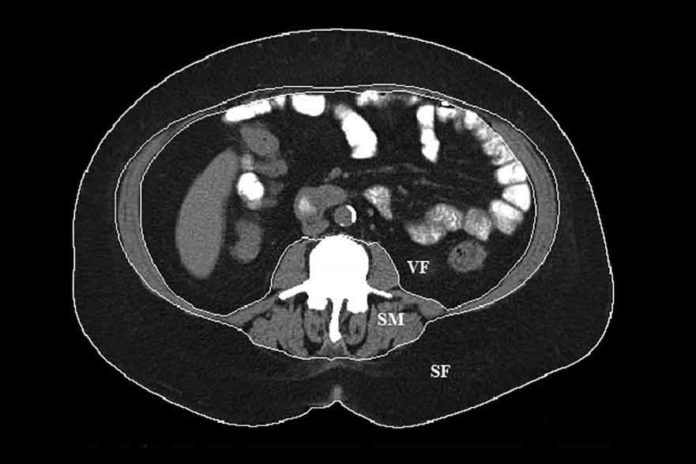Obesity is a serious, chronic disease that can have a negative effect on many systems in your body. People who are overweight or obese have a much greater risk of developing serious conditions.
First-line treatments, for example, diet and exercise regularly don’t work, driving numerous patients to pick gastric bypass surgery. The medical procedure, which lessens the measure of the stomach, has been powerful in treating obesity, however, conveys with its huge expenses and potential complications.
A new study by the annual meeting of the Radiological Society of North America (RSNA) suggests that left gastric artery embolization, a novel interventional procedure used to treat obesity, leads to the loss of both fat and muscle.
Left gastric artery embolization is a less invasive option to surgery. It this process, microscopic beads are injected under imaging guidance into the artery that supplies blood to the stomach.
The beads block blood flow to the stomach and reduce the creation of ghrelin, a hormone that animates hunger. Early investigations have demonstrated that embolization is successful in helping individuals lose weight, yet data is missing on how it may change a patient’s creation of muscle and fat.
Study’s lead author, Edwin A. Takahashi, M.D. said, “There has been lots of research focused on the efficacy of gastric artery embolization for weight loss. However, there has been no data on what is contributing to the weight loss, whether the patients are losing fat, as desired, or muscle mass, or some combination of the two.”
Scientists studied CT scans of 16 overweight or obese patients who had undergone left gastric artery embolization to treat gastrointestinal bleeding. CT scans, when used in conjunction with special software, allow for measurements of body composition based on the different densities of tissues like fat and muscle.
The scans were done previously and roughly 1.5 months after the method. The outcomes were contrasted with those of a control group of 16 outpatients who did not undergo left gastric supply route embolization but rather had CT filters at two distinctive eras for nonspecific stomach torment.
Every one of the 16 people experienced significant weight reduction after the embolization procedure, losing a normal of 6.4 percent of their body weight over 1.5 months. Body Mass Index, a measure of body weight with respect to a person’s height, dropped by 6.3 percent.
Edwin A. Takahashi, M.D., vascular and interventional radiology fellow at the Mayo Clinic in Rochester said, “The significant decrease in the amount of skeletal muscle highlights the fact that patients who undergo this procedure are at risk for losing muscle mass and need to be managed accordingly after a procedure. We must make sure they receive adequate nutrition to minimize the amount of muscle tissue they lose.”
